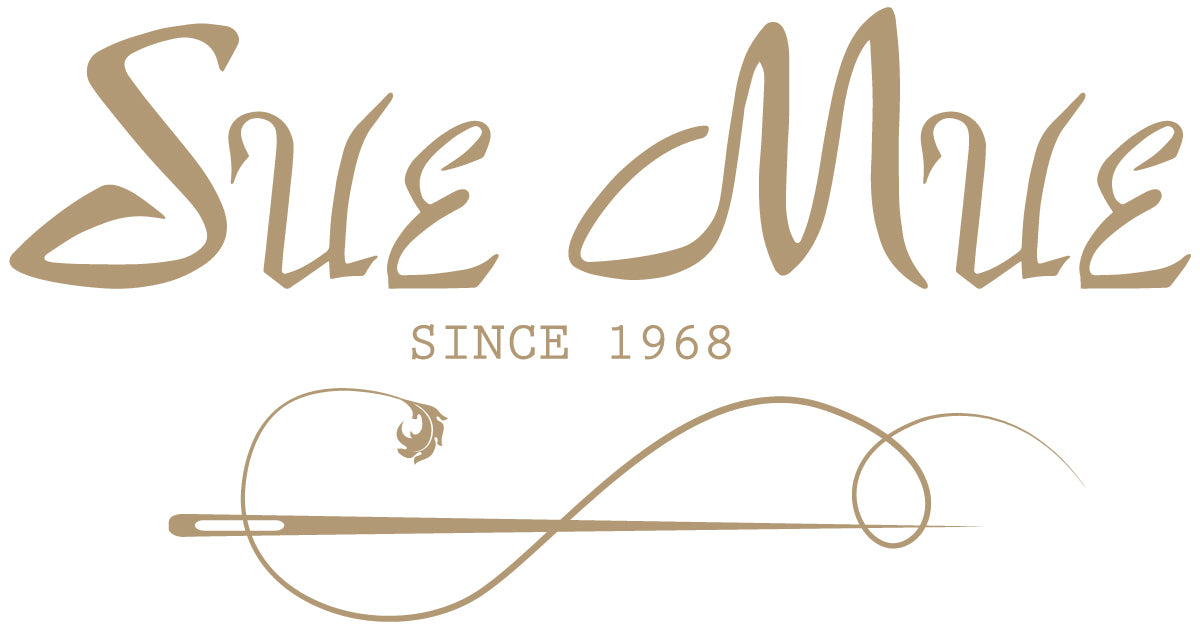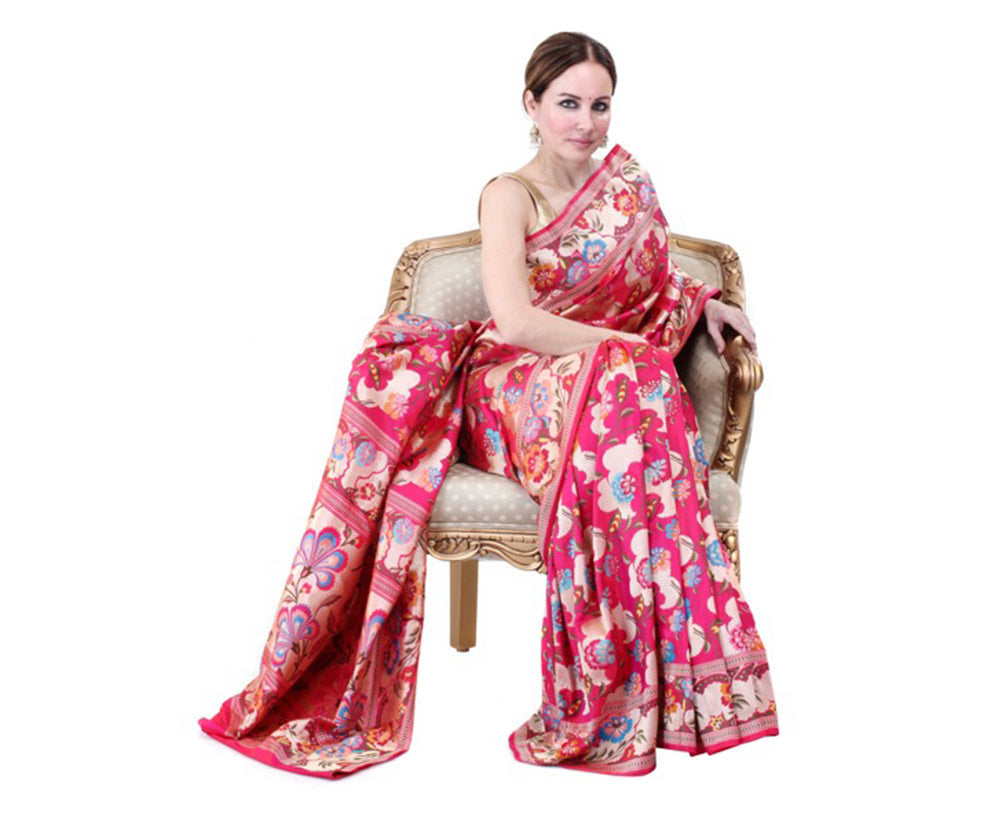A Banarasi is one of the most timeless pieces of garments. It lends its wearer a regality and sensuality like no other.

One of the oldest cities of the world, Varanasi, aka Banaras, has historically been a wonderful fusion of ethnicity. It is said, that, in the medieval period, a whole lot of skilled weavers migrated from West Asian nations to India along with the Mughals and settled in this city. The merger of designs from both Muslim and Hindu communities helped make the city a melting pot of cultures.
Banaras thus became an exceptional centre of silk-weaving and intricate designs in gold and silver threads (known as Kinkhaab) soon turned to be their forte.

A master craftsman weaving the famous Kinkhaab fabric with silver and gold threads.
A special characteristic of a Banarasi saree is an intricate intertwining of floral and foliate motifs. They are Mughal-inspired designs like bel, jhaalar, mina work. “It is an established fact that the Muslim weavers in Banaras do not weave any figurines as it is against their culture,” reveals Mohita Gujral, Managing Director, Sue Mue. “This is why you will see more of floral motifs and paisleys on them.”

Even today, in Northern India, a Banarasi saree is an integral part of a bride’s trousseau. Quite like a south Indian bride’s shringaar is incomplete without a Kanjeevaram, a marriage in Uttar Pradesh, Uttarakhand, Bihar and West Bengal is incomplete without a Banarasi saree.

Image source: Pinterest
“At Sue Mue, we have been sourcing the best of Banarasi sarees from the oldest traditional weavers for the last 35-40 years,” she adds. “Depending on the intricacy of the design, motifs and patterns, a saree can take up to five months to complete.”
Encouraged by the Government of India, the nation’s textile industry is currently focusing on the handloom revival and which has once again helped make Banarasi a household name.

A glimpse of how a Banarasi fabric is hand woven in a loom.
At Sue Mue, there is nothing that you will not find in Banarasi. “Sarees, fabrics, dupattas, you name it and we have it,” says Mohita. “The demand is forever increasing. We have kept the old world charm and the silhouette of the Banarasi saree intact, but have incorporated a few modern styles.”
Among others, you will find a huge collection of kadhwa (hand-embroidered) fabrics. These cost anywhere from INR7,000 to INR15,000 per metre. “Some of these are as good as wearing an ancestral gold necklace.”
Different Types of Banarasi Sarees
Broadly, there are four types of Banarasi sarees, which includes pure silk (Katan), Organza (Kora) with Zari and silk; Georgette and Shattir. They are then divided into design categories like Jangla, Tanchoi, Vaskat, Cutwork, Tissue and Bootidar.
Here are some designs that have made waves in our store:

Know your saree better
Let’s take a detailed look at a few varieties of Banarasi sarees:
Katan:

Katan is a plain fabric with woven pure silk threads which are twisted and woven into pure silk sarees. In the olden times, these pure silk sarees were produced on handlooms (aka kargha) but nowadays more and more people use powerlooms and rapid looms.
Kora

These are one of the most beautiful and richly woven fabrics in which silver threads are coated with gold and then woven closely around a silk yarn to create zari brocade.
Brocade

Brocade is truly a labour of love wherein patterns and designs are made using the warp and weft technique.
Most famous Banarasi saree designs:
Jangla

The name of this saree derives from the pattern of design that distinguishes it from other Banarasi sarees. They are woven in colorful silk threads. It has intricate patterns in the form of Jangala vegetation motif that scrolls and spreads across the length of the saree. These sarees are said to be the ancient ones among Banarasi brocades. Unique designs and intricate detailing with luxurious fabric make this saree apt for wedding ceremonies.
Tanchoi

Traditionally, weavers weave patterns on these sarees with colorful weft silk yarns. The pallu of this saree is often decorated with large motifs of paisleys while the border is beautified with criss-cross patterns. Beautiful ‘Jamawar’ style paisleys or labyrinth woven by zari adds value to this silk saree making this appropriate for wedding ceremonies.
Tissue

It is a delicately woven saree with golden zari weft to add sheen to them and therefore it is also known as the golden cloth. The border and pallu of the saree are patterned with self-woven paisleys.
Bootidaar Saree
Its inimitable feature is that it is a richly woven saree which is brocaded with threads of gold, silver and silk. Gold is darker in shade as compared to silver threads. Therefore, the weavers of Banaras refer to this variety of brocade patterning as Ganga-Jamuna. Some of the most popular motifs include the Angoor Bel, Ashraffi Booti, Latiffa Booti, Resham Booti, Jhummar Booti, Jhari Booti, Patti Booti, Baluchar Booti etc.
| Did you know? |
| A saree is considered to be a ‘pure’ piece of cloth because it is not stitched. This stems from the times of the Indus Valley civilization when priests used to drape a long piece of cloth to cover their body while praying. Evidence has been found in the form of sculptures. Over the thousands of years between then and now, the saree has evolved into various styles, drapes, material, prints, dyes and weaves. |

